Goodbye, Uncle Vladimir
Uncle Vladimir, diadia Volodya, passed away in his sleep in his home in Israel. He was in his 80s. He fell ill with polio when he was a child during WWII. The first doctor he ever saw, a German surgeon in another occupied village, told my grandmother that her son was as good as dead. “Just leave him here.” My grandmother was exhausted after a long journey and her own illness and at first she did. She put her child on a bench and started walking away. Volodya remembers seeing her leave. He didn’t cry. He didn’t call out to his mother. He just held his breath. My grandmother had already lost one son to a fatal disease. Her sister was shot in front of her by the Nazi troops. She remembered feeling nothing but numbness and complete depletion. She walked and walked and then she turned around and ran back to the bench. She picked up her son and returned to the village.
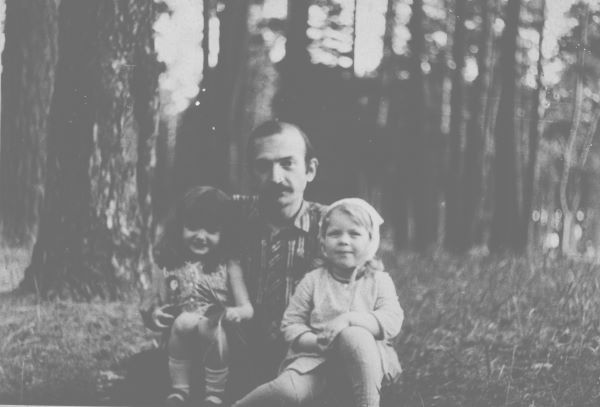
Volodya didn’t die. He survived polio with almost all of his muscles atrophied and his spine twisted. He spent his childhood and teenage years in a wheelchair. Then a friend gave him a bootleg copy of a yoga manual and my uncle studied it until the book fell apart and he stood up on his own. He never learned to walk straight and he never regained control of his right arm, but he enrolled into the university, learned engineering on his own and built his own sound-recording devices. He married and fathered a daughter, my cousin Marina, who eventually moved him to Israel.
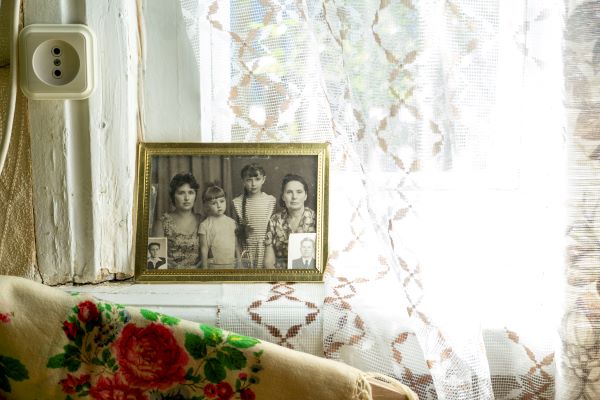
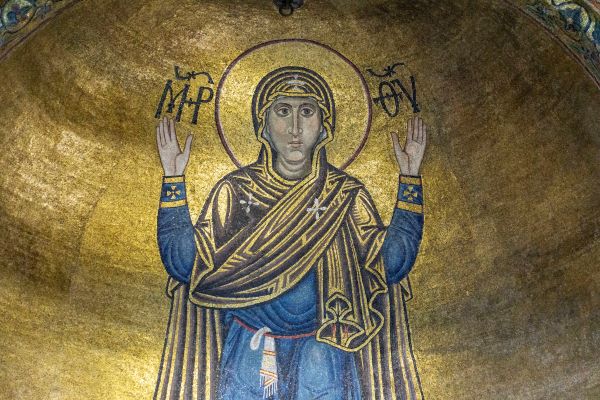
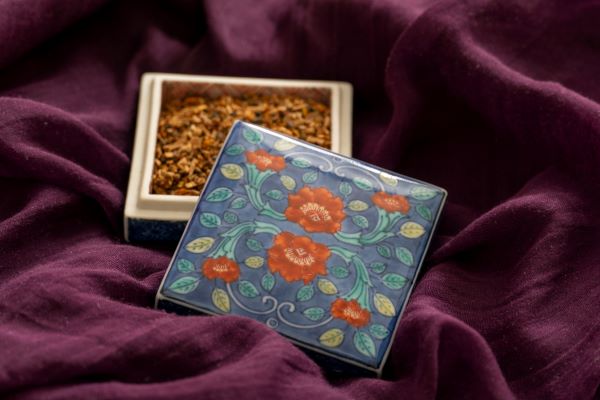
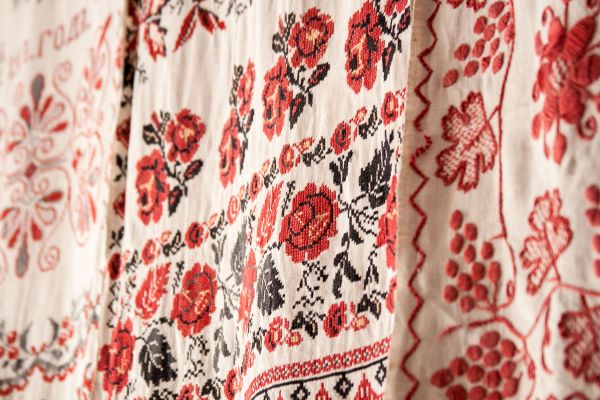
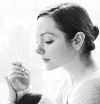
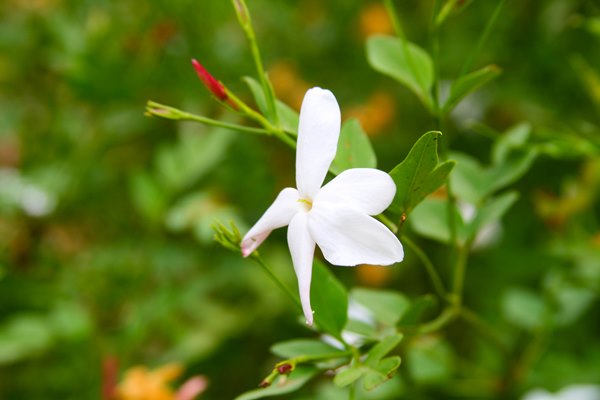
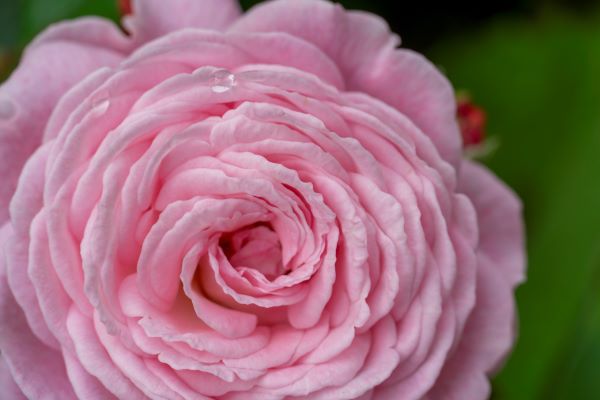
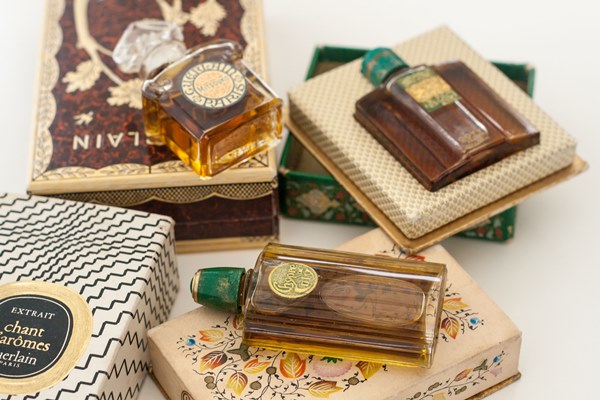








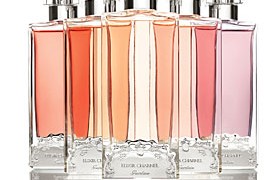
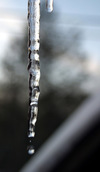

Judith R in From Gingerbread to Kue Lapis: Spicy Gourmand Perfumes for Holidays: Not exactly gingerbread, but Safran Troublant by L’Artisan Parfumeur is a favorite warm and festive fragrance of mine. December 27, 2024 at 6:13pm